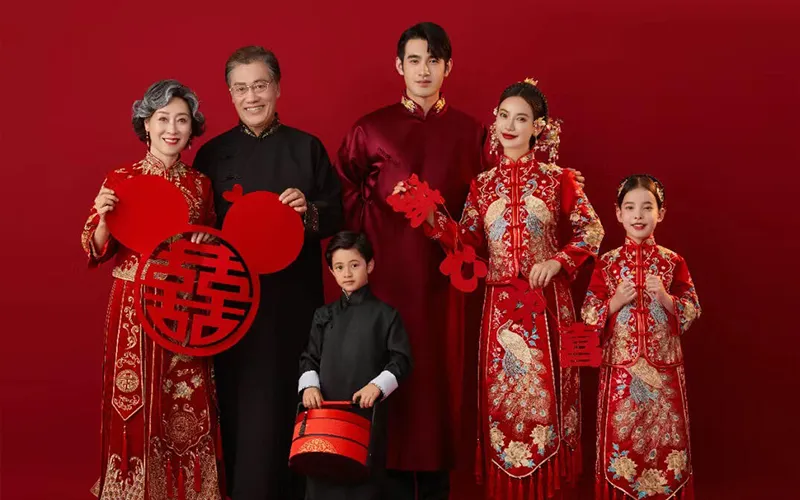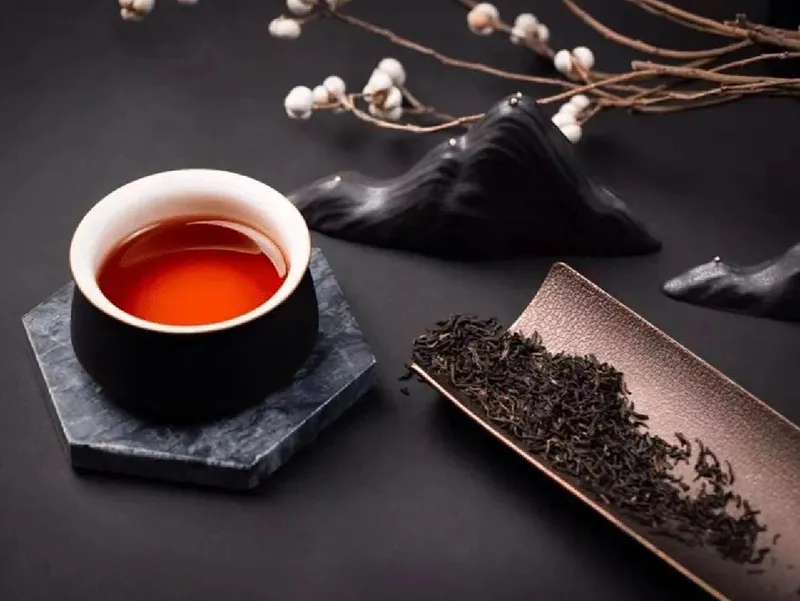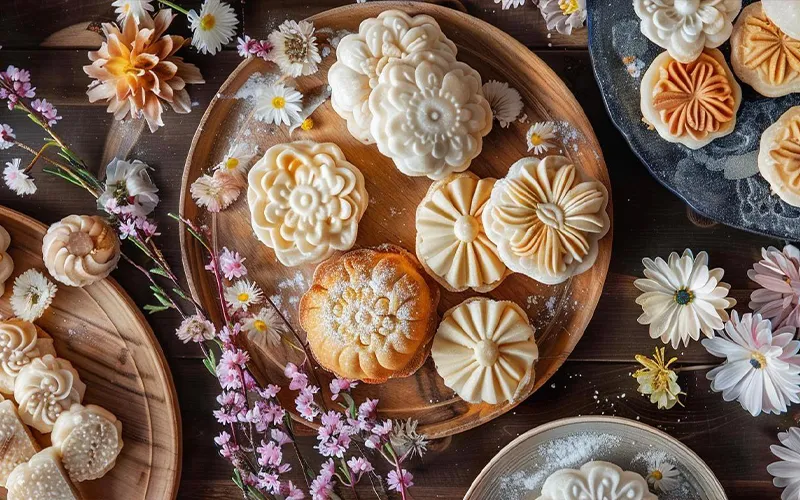Chinese New Year 2025
Introduction to the Chinese New Year
The Chinese New Year, also known as the Spring Festival, is the most important traditional festival in China. In 2025, it falls on January 29th, marking the beginning of the Year of the Snake and the lunar calendar year. This festival is a time filled with joy, family reunions, and rich cultural traditions.
The Origin
The origin of the Chinese New Year can be traced back thousands of years. Legend has it that there was a fierce beast named Nian. It would come out to harm people and livestock at the end of each year. People discovered that Nian was afraid of the color red, loud noises, and fire. So, they started to decorate their houses with red paper, set off firecrackers, and light fires to drive away the beast. Over time, these practices evolved into the celebration of the Chinese New Year.
Preparations
Preparations for the 2025 Chinese New Year started as early as January 7th, with the Laba Festival. People prayed to ancestors and gods for fortune and a good harvest, enjoying traditional foods like Laba porridge. On January 22nd or 23rd, the Little Year marked the official start of more intense preparations. People began to clean their houses, a practice called "sweeping away the dust" from January 23rd, symbolizing bidding farewell to the old and welcoming the new. From January 22nd - 28th, the streets were bustling with people shopping for New Year's food, snacks, decorations, new clothes, and fireworks.
Traditional Customs
On New Year's Eve, January 28th, 2025, families engaged in several important traditions. Most people decorated their houses with red lanterns, spring couplets, paper cuttings, and New Year's paintings, with snake - themed elements prevalent this year. Offering sacrifices to ancestors showed respect and piety, believing that ancestral spirits would protect the family. The reunion dinner was a highlight, with dishes like fish (symbolizing abundance as "yu" sounds like "surplus"), dumplings (shaped like gold ingots for wealth), and nian gao (sticky rice cake for a better future). Many families watched the CCTV New Year Gala while having dinner, and parents gave red envelopes to kids, wishing them good luck and growth. People also stayed up late, a custom called "shou sui".
Celebration Activities
On the first day of the Chinese New Year, January 29th, 2025, as the clock struck midnight, firecrackers and fireworks lit up the sky. People believed the louder the noise, the more good luck they would bring. During the following days, dragon and lion dances were performed, accompanied by the lively sounds of gongs and drums. These dances not only entertained but also prayed for good fortune. On the 15th day of the first lunar month, the Lantern Festival marked the end of the New Year celebrations. People hung various lanterns and solved riddles written on them, filling the streets with a warm and happy atmosphere.
In conclusion, the Chinese New Year in 2025, like every year, is a time to honor traditions, strengthen family bonds, and welcome the new year with hope and optimism. Its rich cultural connotations and unique customs continue to attract the world's attention, making it a wonderful showcase of Chinese culture.
Questions?
-
Email
trip@realchinatravel.com
-
WhatsApp




